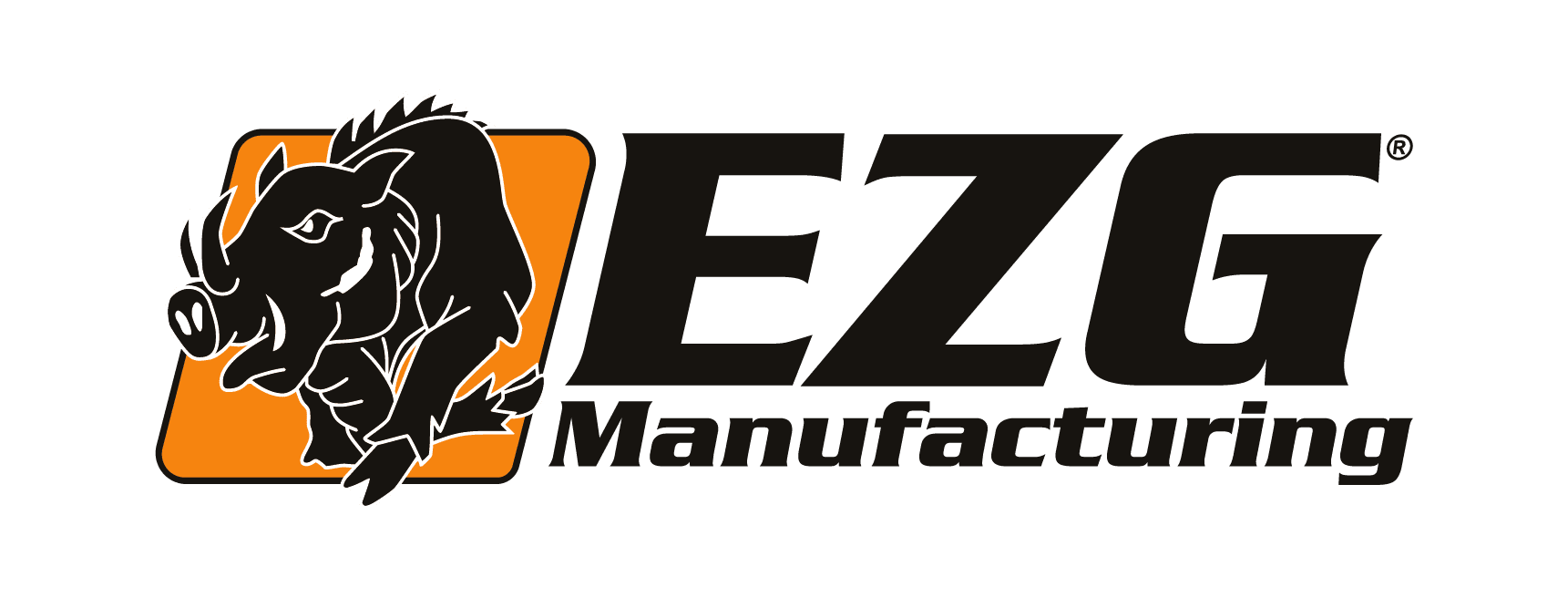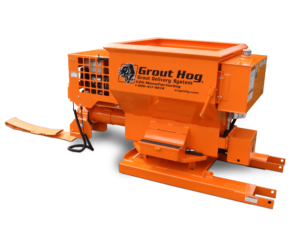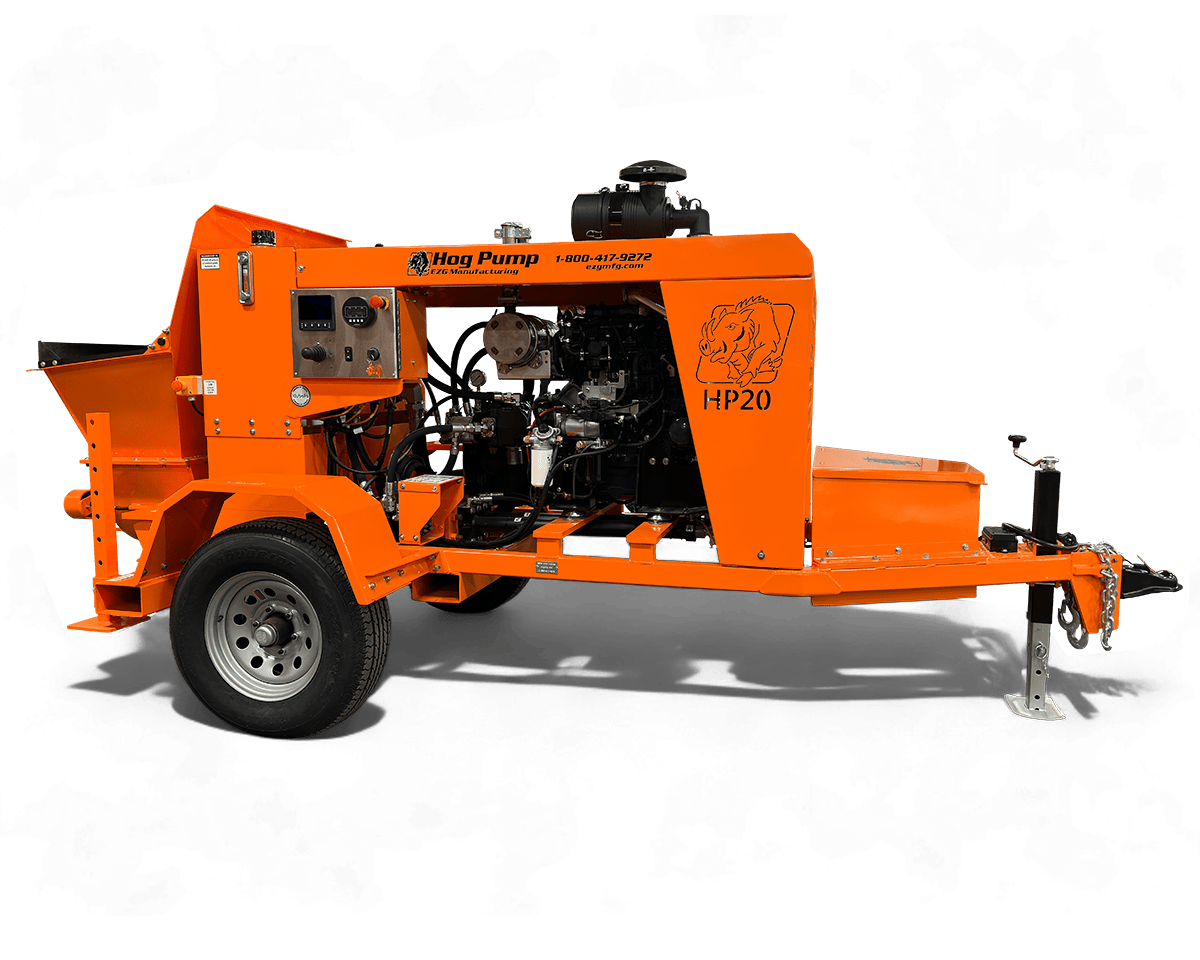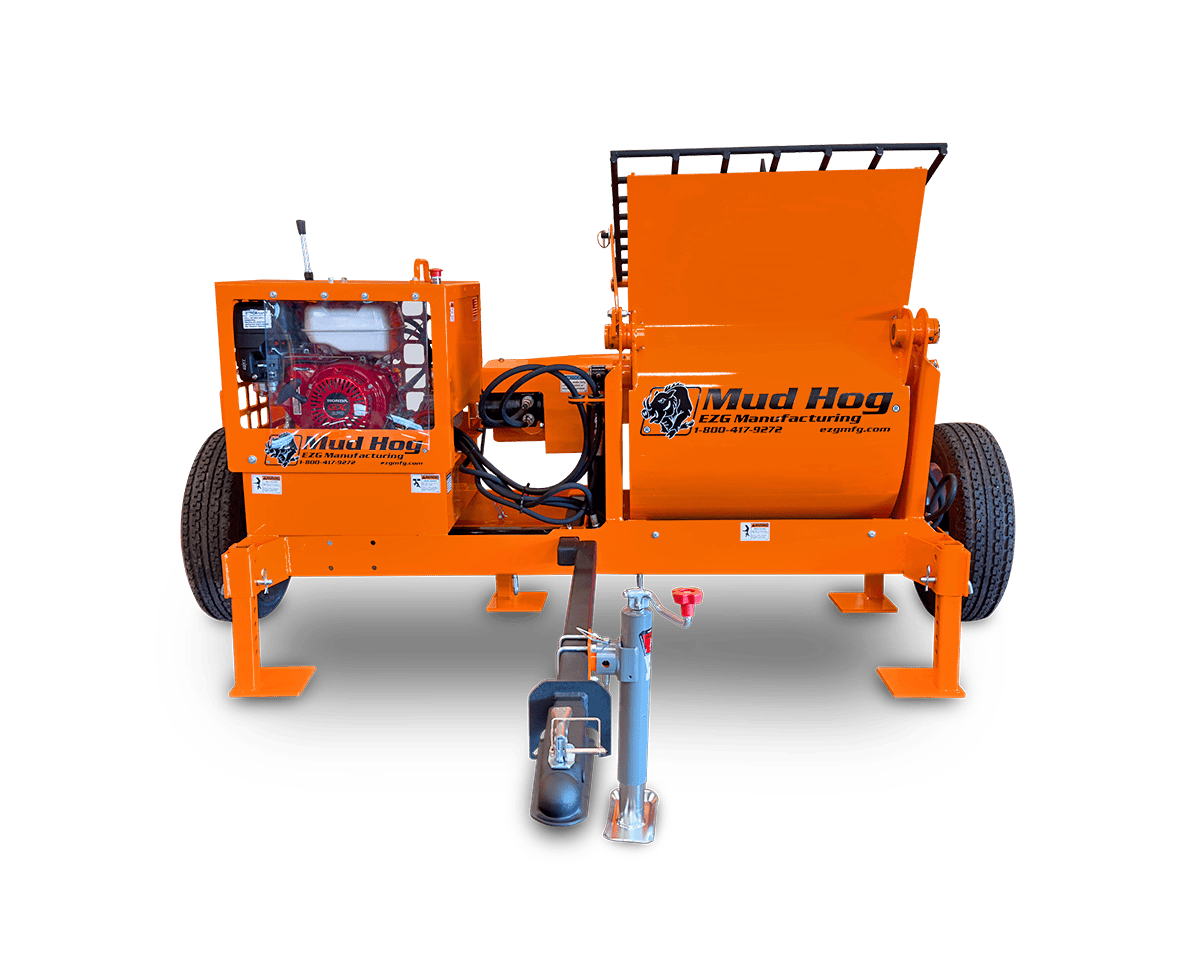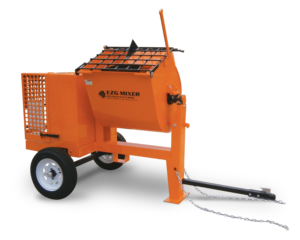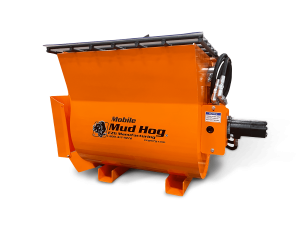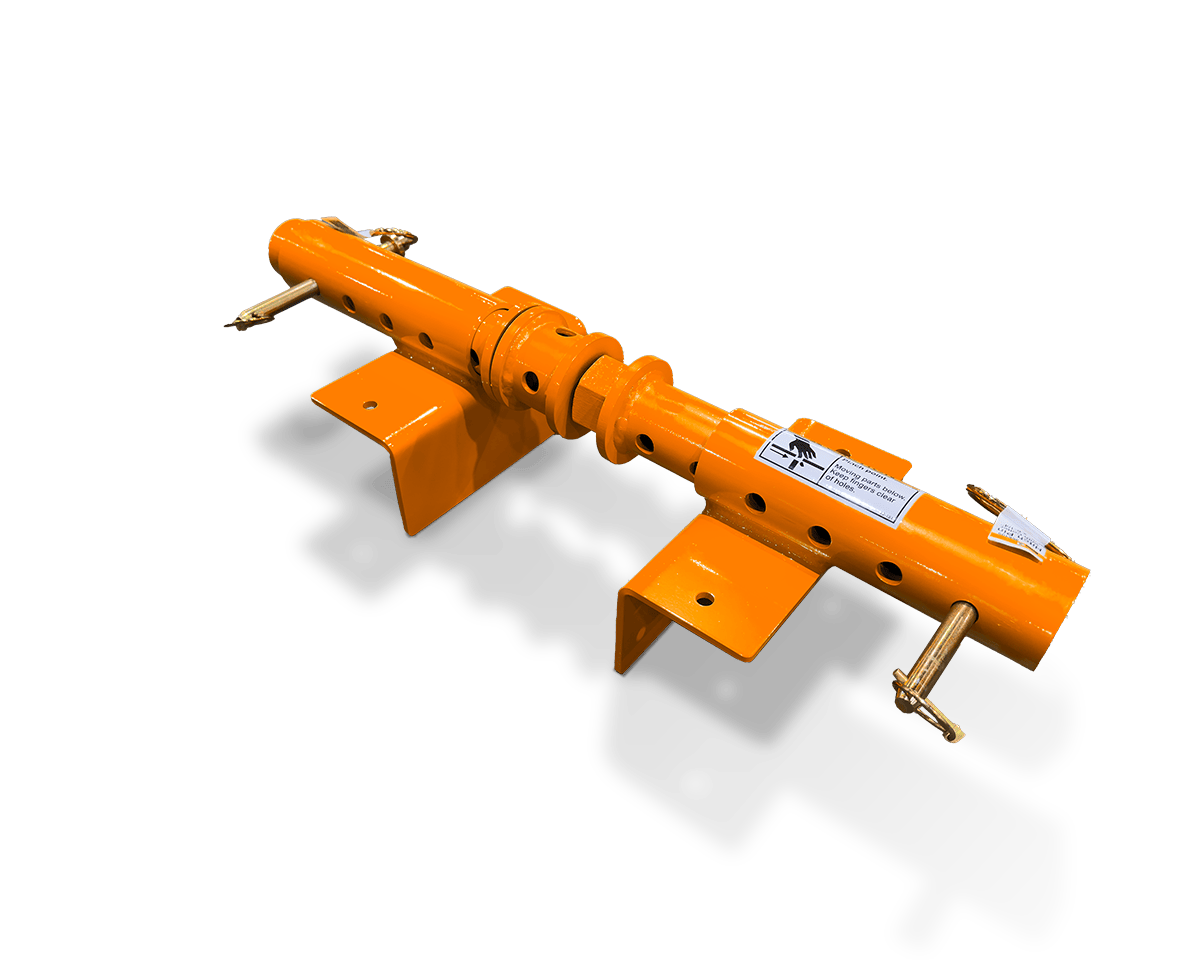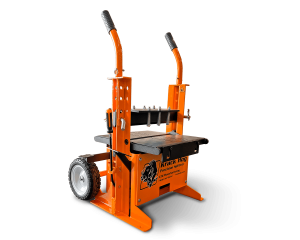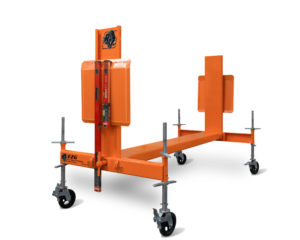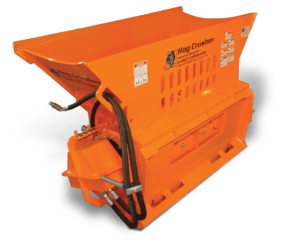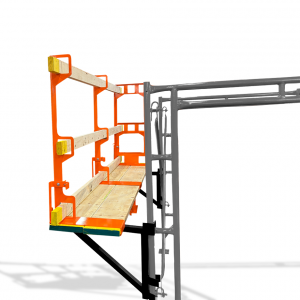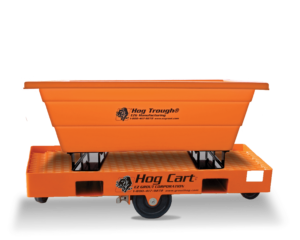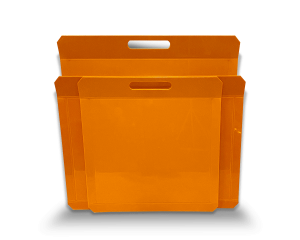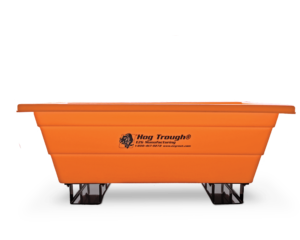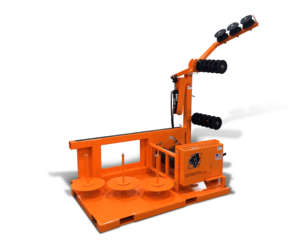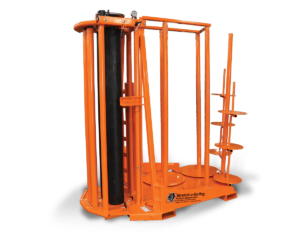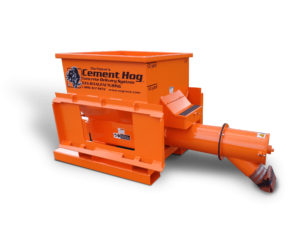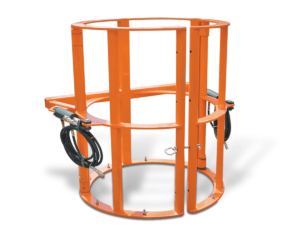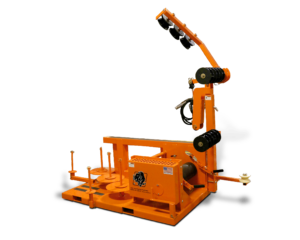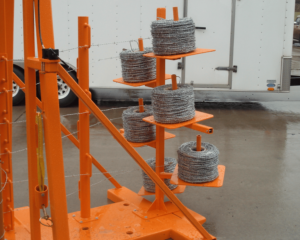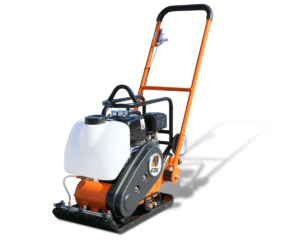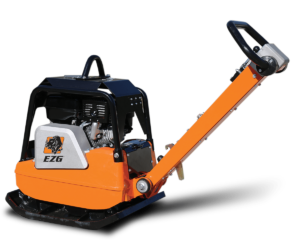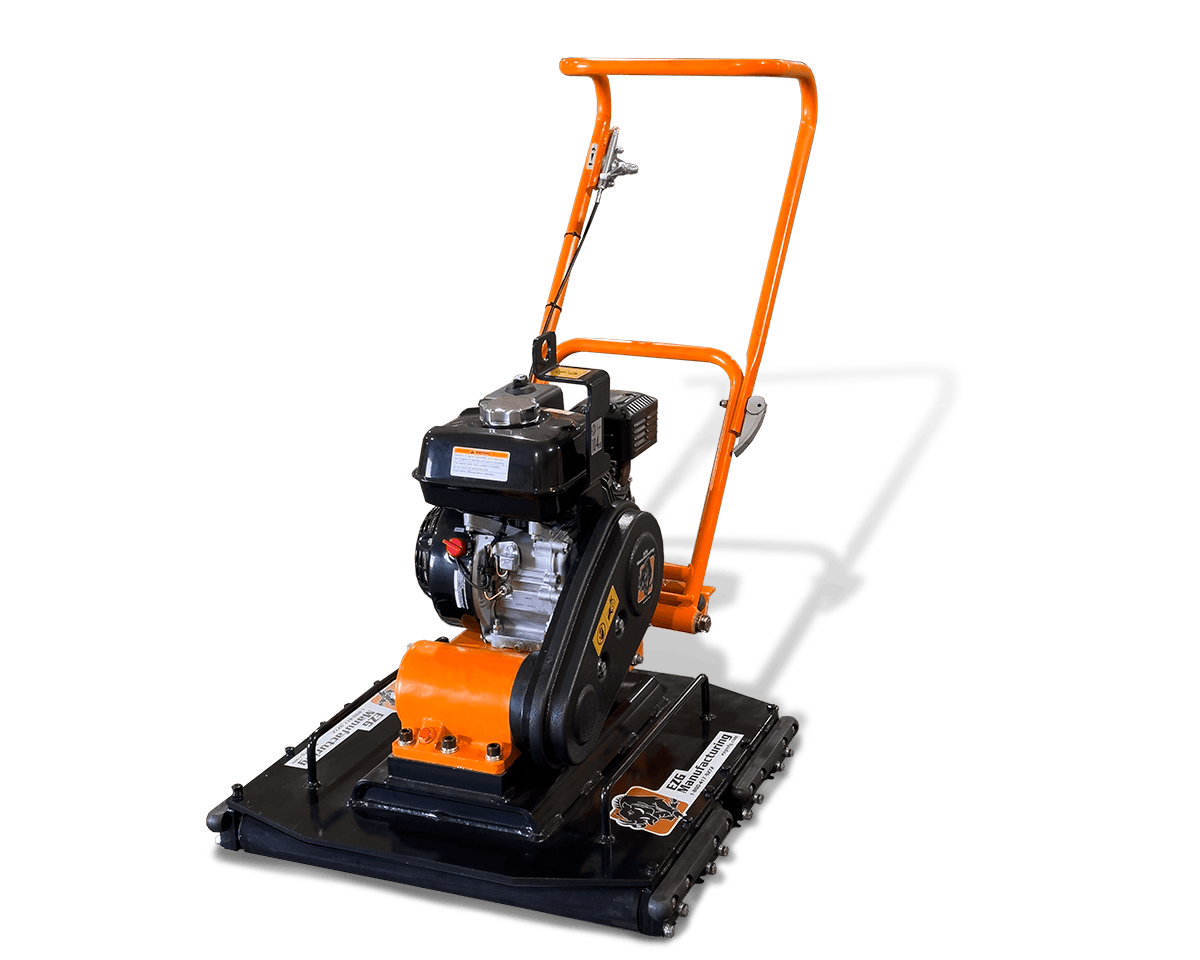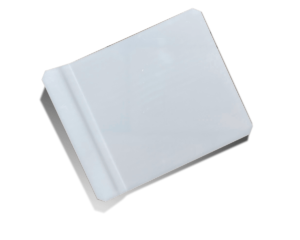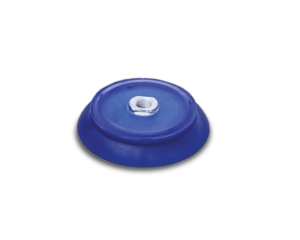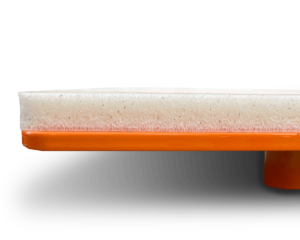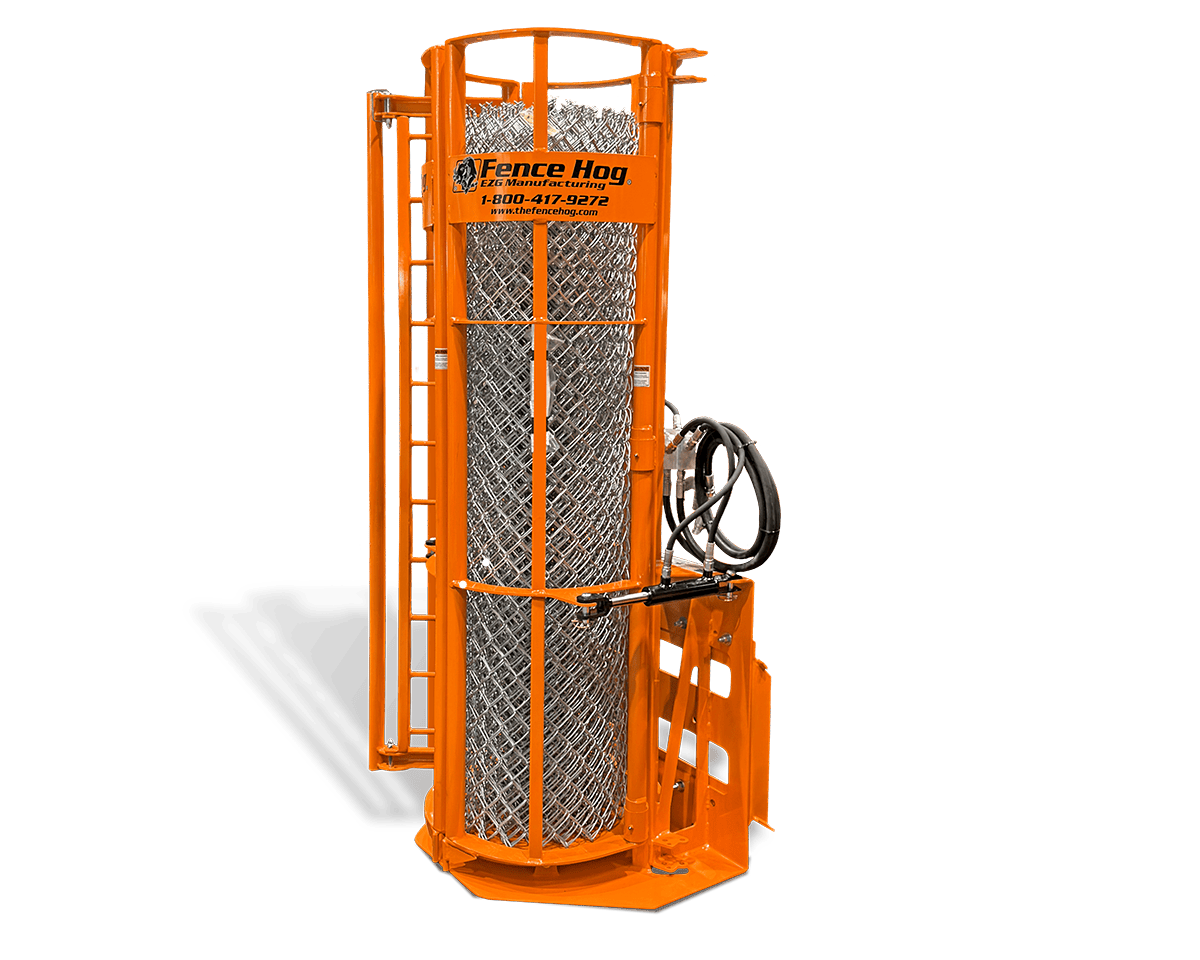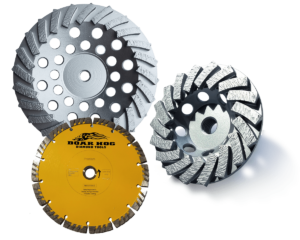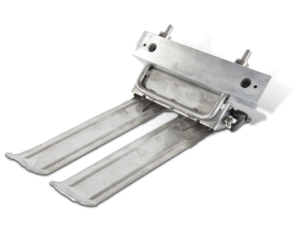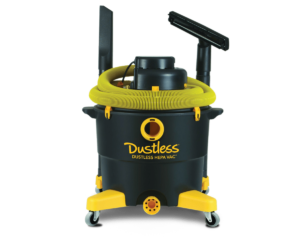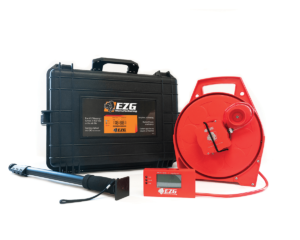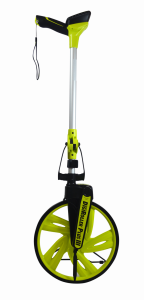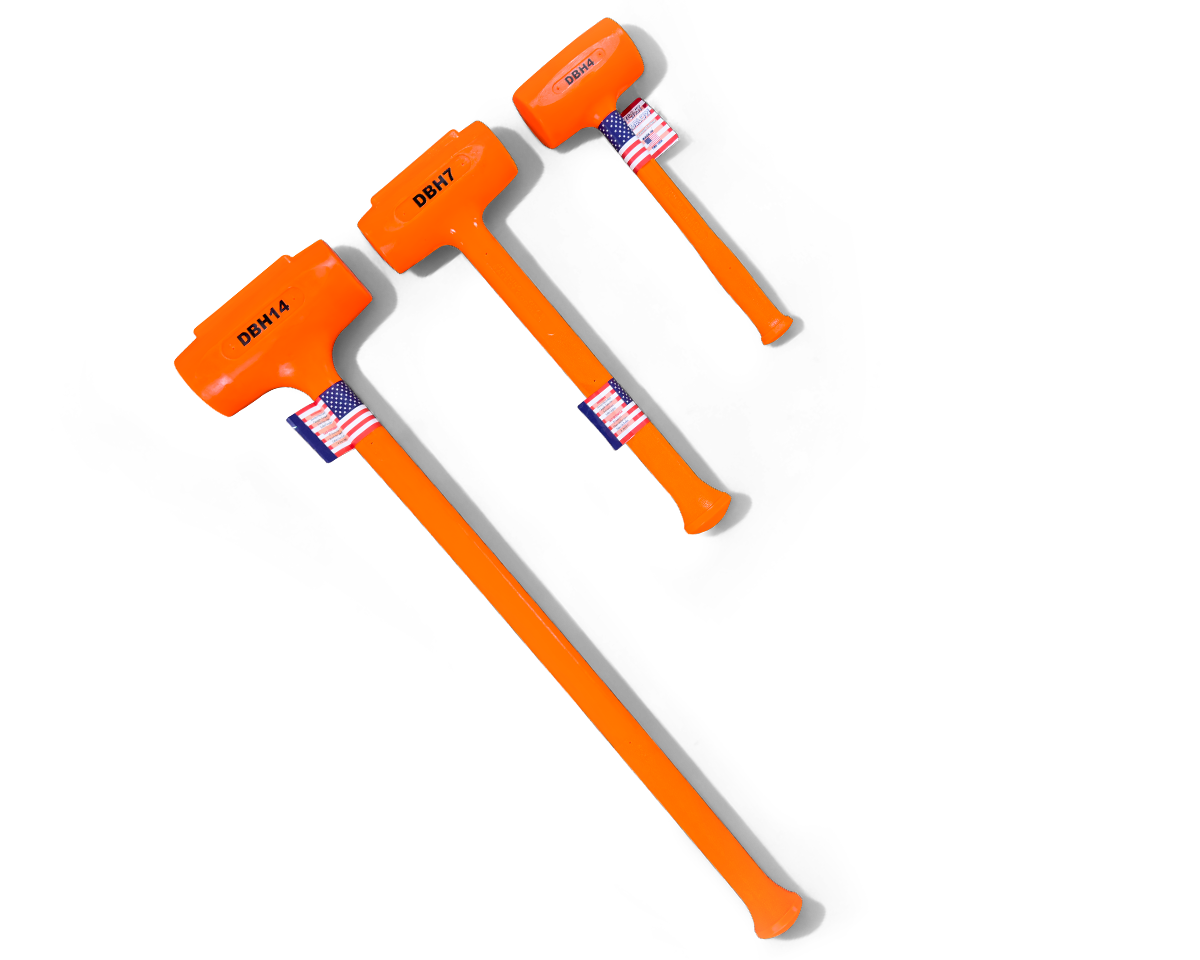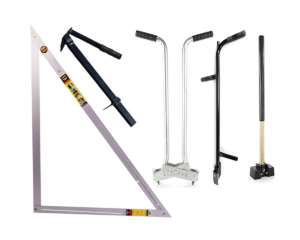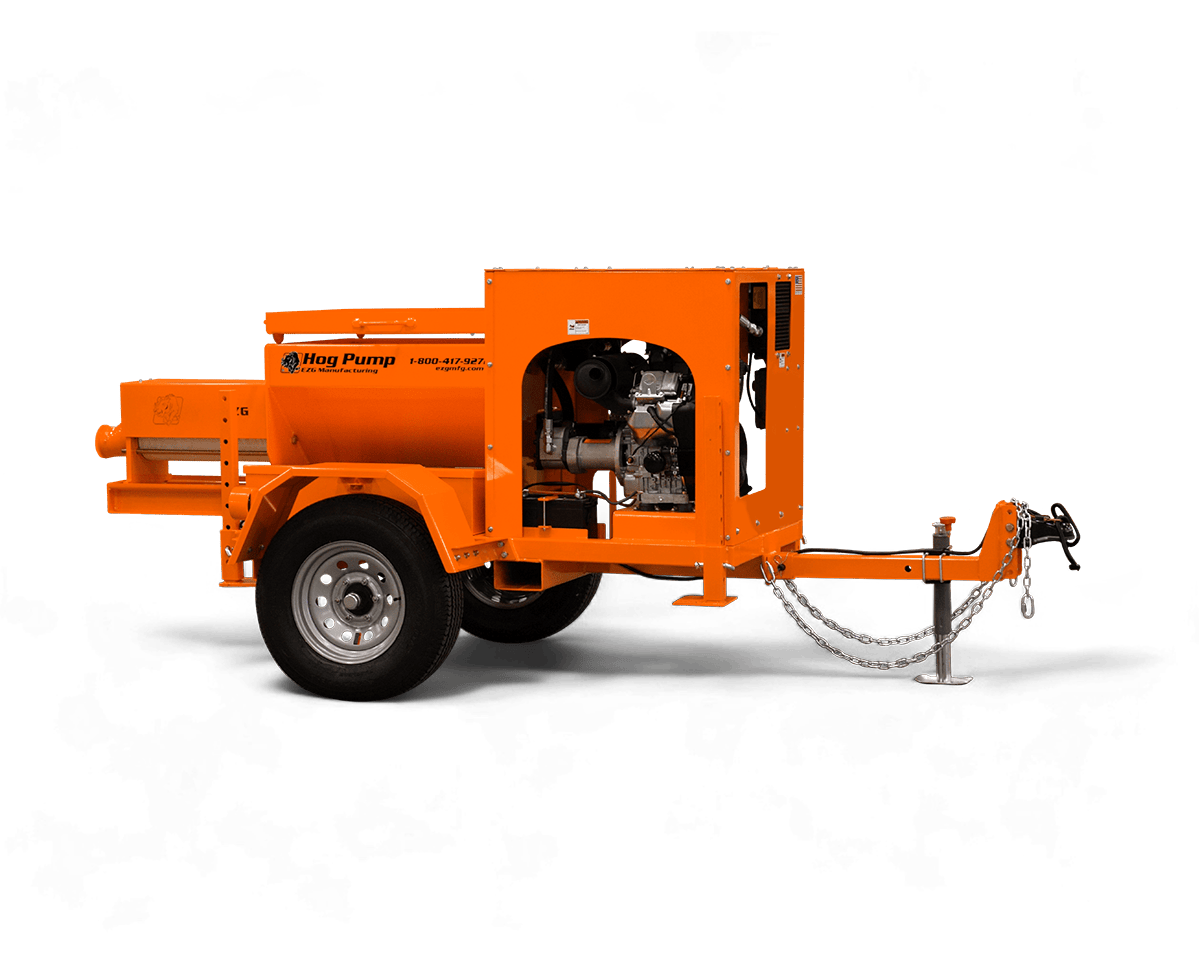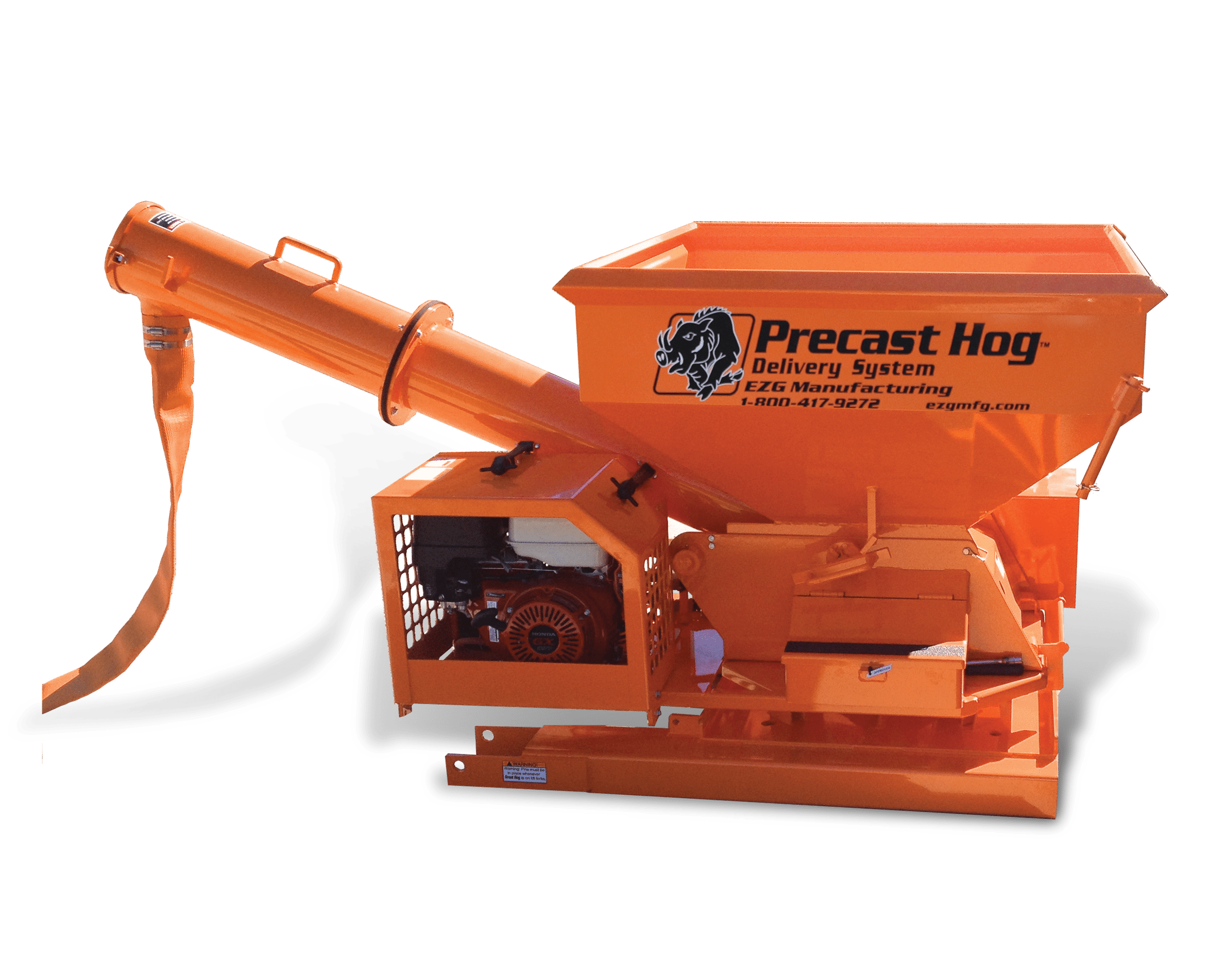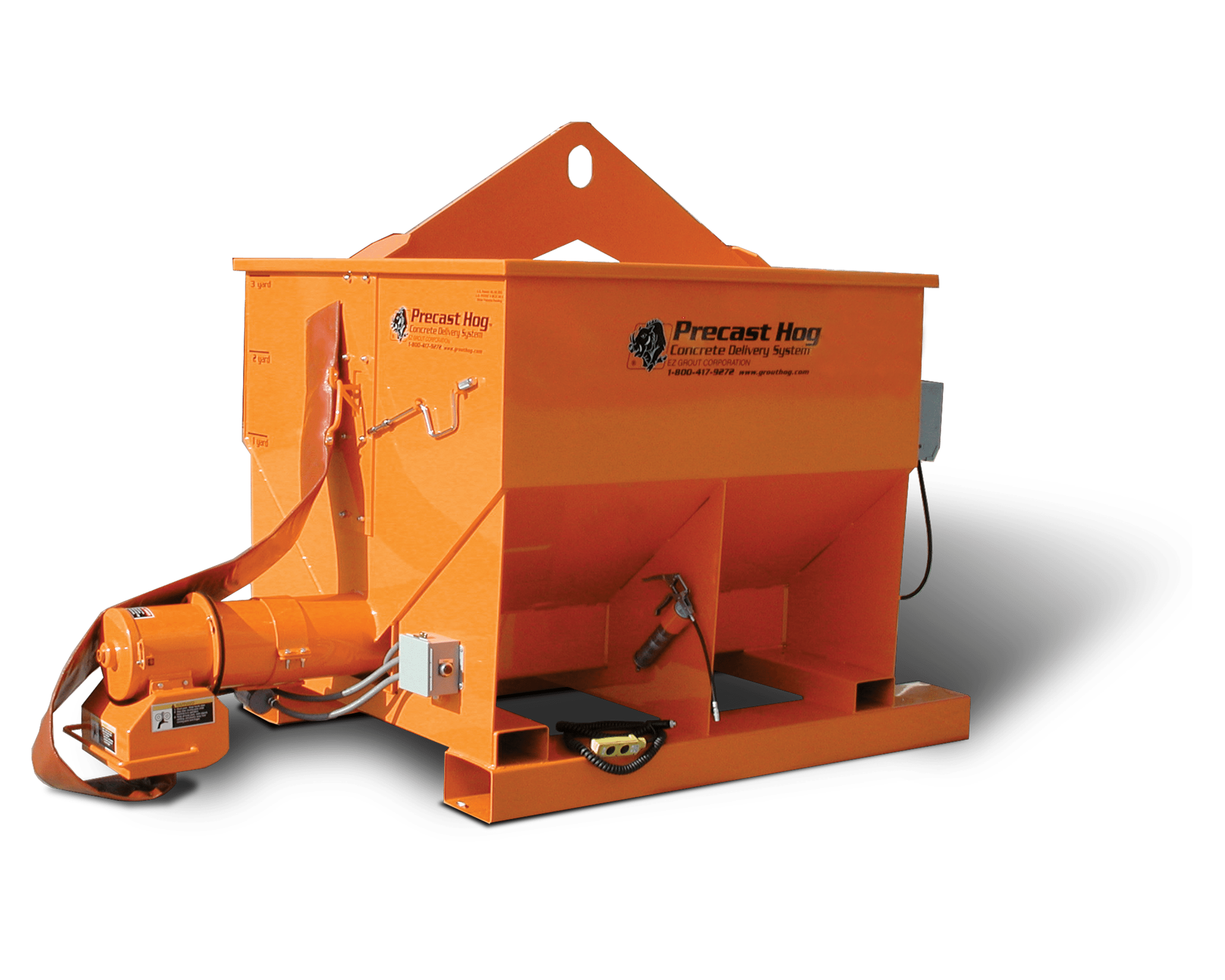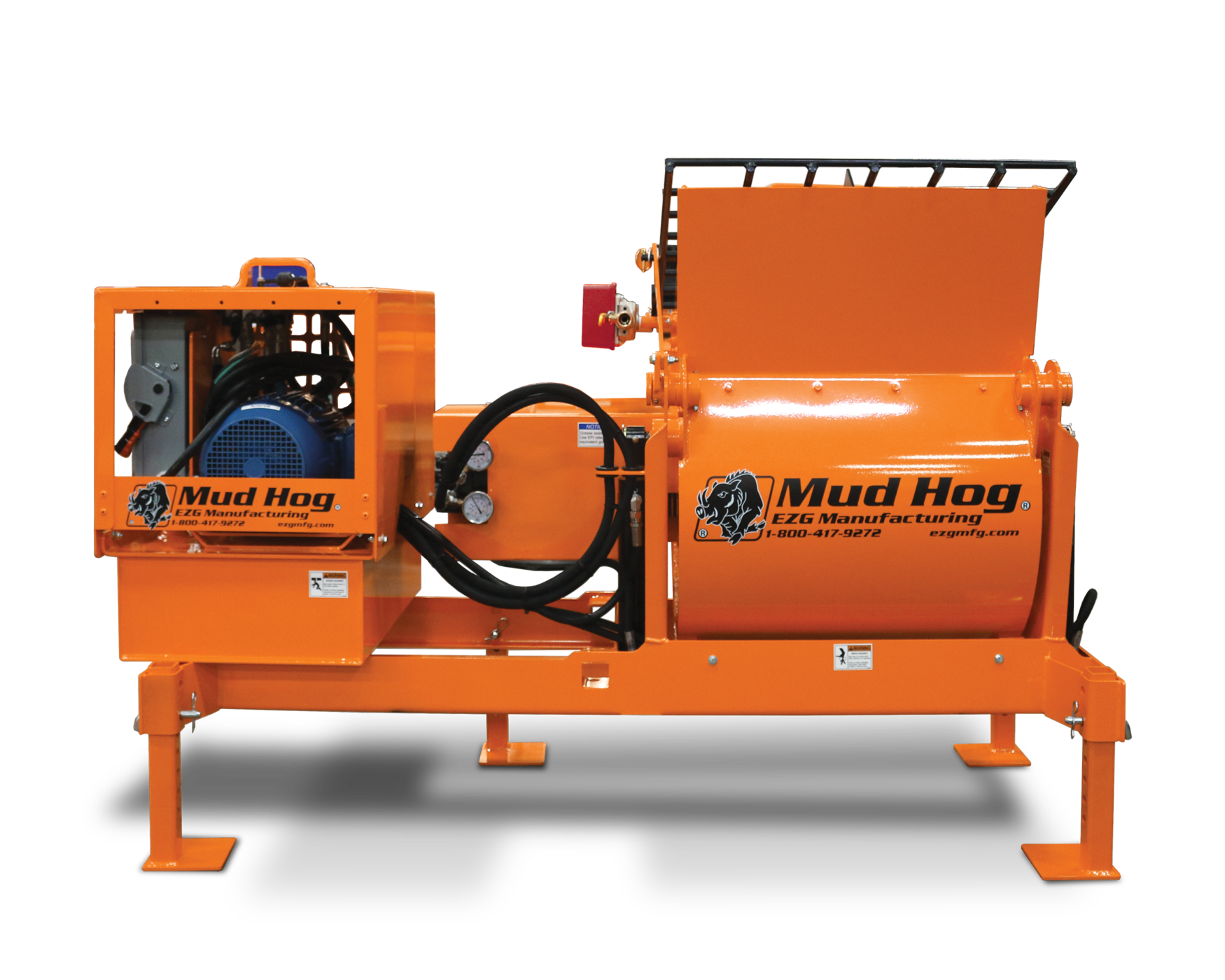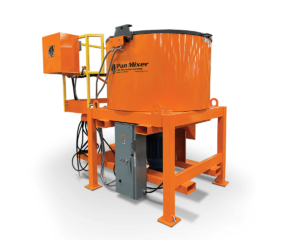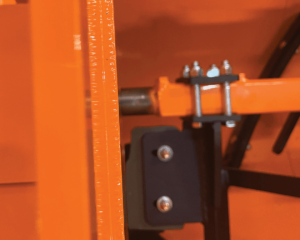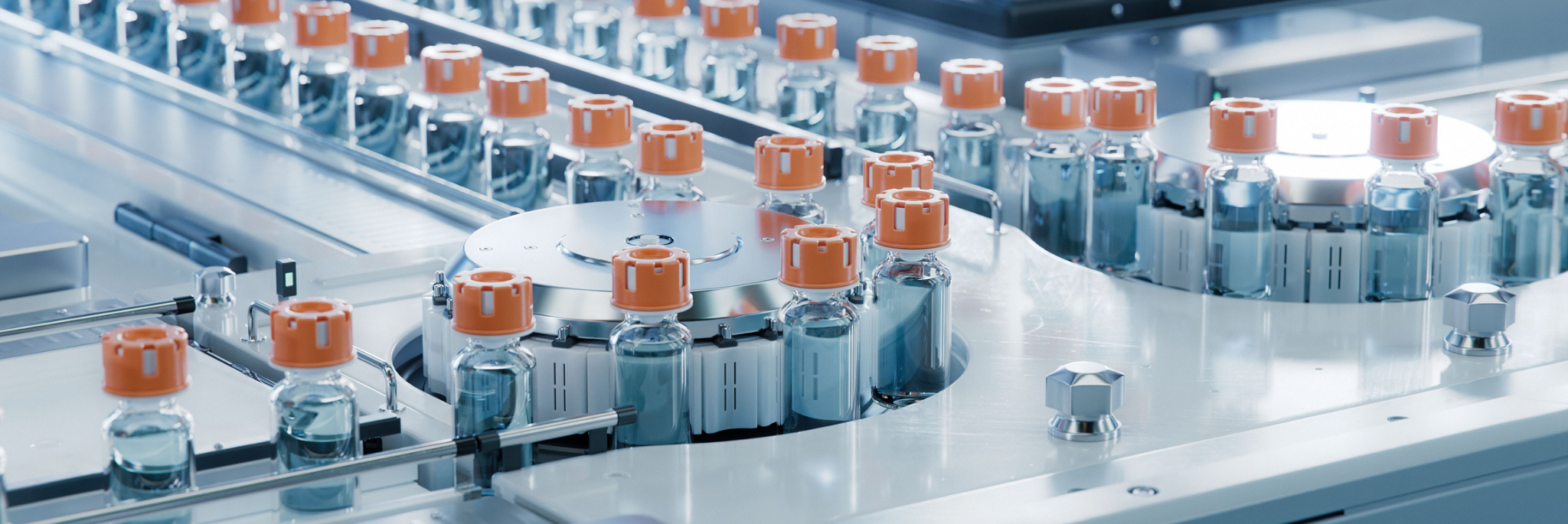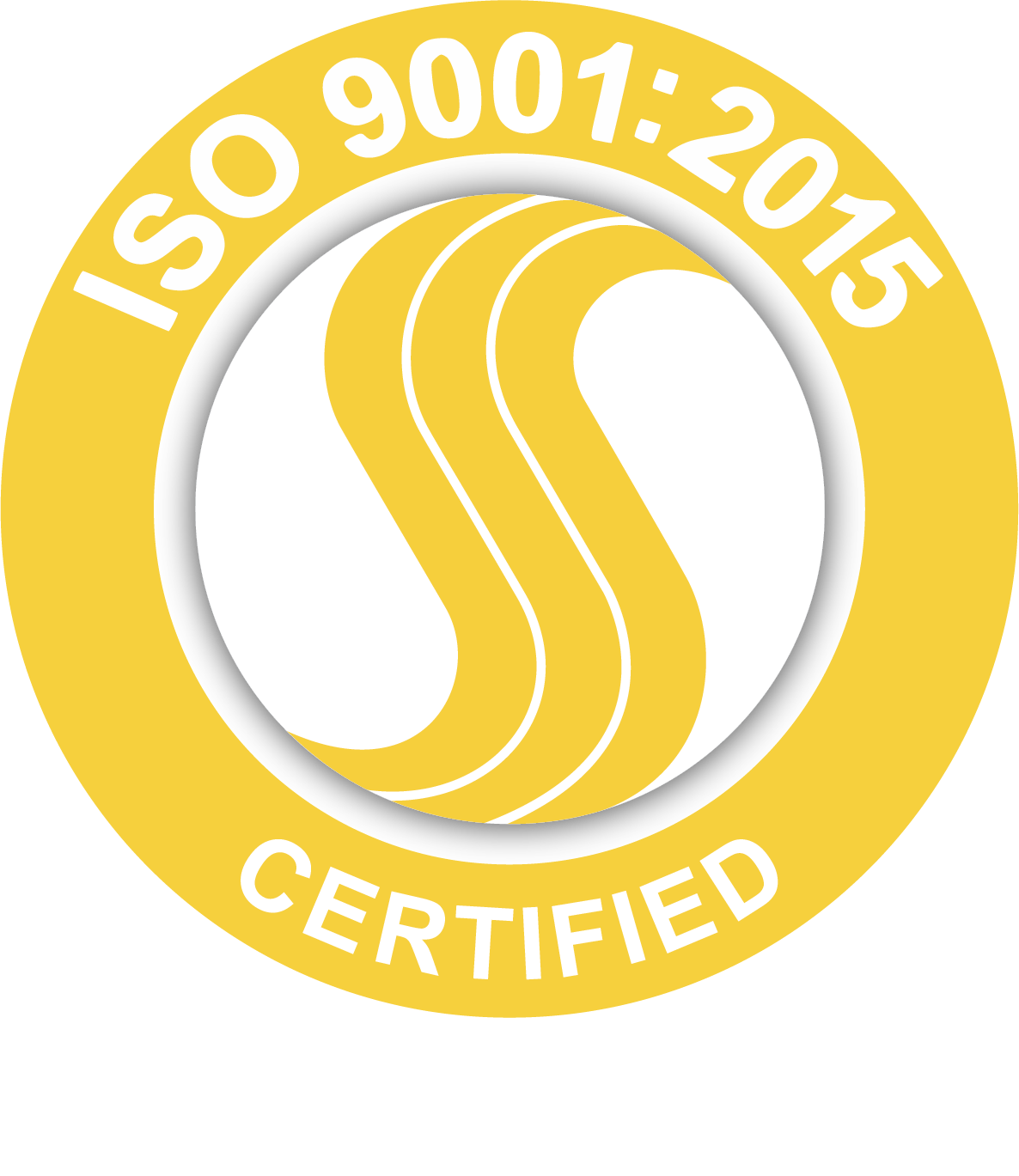From surgical tools to diagnostic systems and implantable devices, the products that power the medical industry don’t come off the same lines as car parts or consumer electronics. The materials might look familiar: stainless steel, aluminum, precision-cut plastic. But the demands placed on these products and the people who manufacture them are entirely different.
Below, we break down how medical equipment and device manufacturing differs from other industries, offering a complete look at the materials, processes, and regulatory expectations behind this highly specialized field.
What Makes Medical Device Manufacturing Unique?
Medical products are designed to interact with the most complex system known to man, the human body. That alone sets them apart from most other manufactured goods. Precision, accountability, and consistency are non-negotiable.
Let’s look at how this plays out in a production setting:
| Attribute | Medical Manufacturing | General Manufacturing |
|---|---|---|
| Tolerances | ±0.001 in | ±0.005–0.010 in |
| Oversight | FDA, ISO 13485 | Industry-specific QA |
| Impact of Failure | Patient safety | Product integrity |
| Traceability | Required | Optional |
| Cleanliness Requirements | Strict | Minimal or none |
In medical manufacturing, there’s no room for approximation. Devices must work right the first time, every time. That requires a different kind of process control and a different mindset across the board.
What Materials Are Most Commonly Used in the Medical Device Manufacturing Process?
Materials used in medical device production must do more than hold their shape. They need to be safe for contact, easy to sterilize, and resistant to corrosion.
Common materials include:
- Stainless steel (especially 316L) – Highly resistant to corrosion and widely used in surgical instruments, orthopedic implants, and lab tools.
- Titanium – Lightweight and strong, ideal for implants like dental screws or hip replacements.
- Medical-grade plastics – Such as PEEK or polycarbonate, often used in injection molding for housings, casings, and single-use items.
- Aluminum and specialty alloys – Used when weight and machinability are factors.
These materials are selected not just for mechanical properties, but also for how they perform under repeated sterilization or in direct contact with the body.
How Does Additive Manufacturing Apply to Medical Devices?
Additive manufacturing, sometimes known as 3D printing, plays a growing role in the medical device industry, especially in early-stage design and prototyping.
Here’s how it applies:
- Rapid prototyping of surgical tools or implant designs
- Custom-fit medical devices, such as prosthetics or orthotics
- Short-run production of intricate components that would be expensive to machine
Because additive methods allow for more complex geometries and faster iteration, they’ve become invaluable in product development, especially when time and precision matter.
Regulatory Compliance: The Backbone of Every Medical Device
Medical device manufacturers work under strict oversight. In the U.S., the Food and Drug Administration (FDA) regulates nearly all medical devices, classifying them based on risk and requiring specific testing, labeling, and approval pathways.
That means every part must be manufactured under a well-documented quality system, and companies must demonstrate compliance with regulatory requirements before selling a product.
Depending on the device, this could involve:
- Validation of manufacturing equipment and processes
- Risk management assessments
- Documentation of every lot and batch produced
- Ongoing inspection readiness
It’s not just about making a functional part; it’s about proving that the part meets all regulatory standards every time it’s built.
How Is Medical Device Compliance Different from Other Industries?
Other industries may have their own standards, but the medical field demands more in both process and proof.
Here’s how it differs:
- Medical devices require regulatory classification and, often, pre-market approval or notification to governing bodies
- Devices must have full traceability back to the raw material lot and the operator involved in each step
- Systems must be audit-ready at all times, supporting quality management and post-market surveillance
- Failures often trigger corrective action reports, recalls, and regulatory scrutiny, not just warranty claims
Specialized Production Processes in the Medical Device Industry
The same techniques used in other industries, like sheet metal fabrication, machining, or powder coating, are used in medical manufacturing too. But the tolerances are tighter, the materials more refined, and the post-processing more controlled.
Common processes include:
- CNC Machining – Used for surgical tools, orthopedic devices, and implantable parts
- Laser Cutting – Ideal for precision-cut stainless components and housings
- Injection Molding – Scalable for plastic housings, caps, or single-use devices
- Welding (MIG/TIG) – Applied with care to avoid porosity or contamination
- Surface finishing and cleaning – Passivation, polishing, and ultrasonic cleaning to reduce bioburden
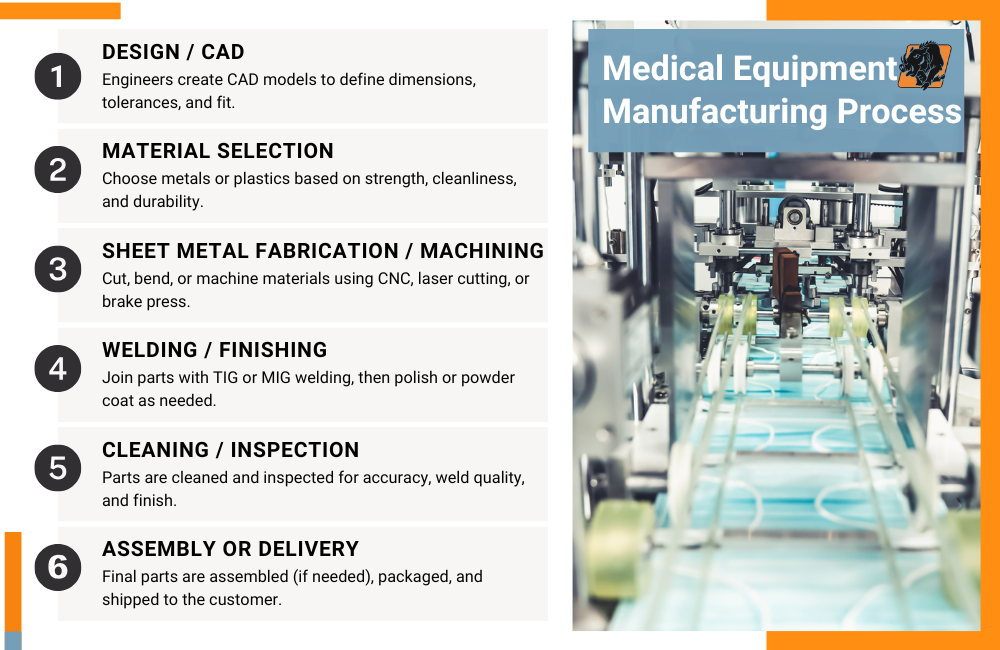
How Can Device Manufacturers Use Rapid Prototyping in Medical Product Development?
Speed is critical in medical product development, especially when introducing new technologies or responding to emerging health needs.
Rapid prototyping helps:
- Evaluate design performance before tooling for production
- Iterate based on feedback from clinical advisors or engineers
- Prepare models for clinical trials
- Reduce lead time to regulatory submission
Additive manufacturing and short-run CNC machining play major roles here, giving engineers the freedom to test ideas quickly.
How Medical Device Supply Chains Require Higher Standards
In medical manufacturing, the supply chain needs to be documented, qualified, and auditable.
This includes:
- Supplier assessments and certifications
- Controlled environments for material handling
- Serialized tracking from raw material to finished device
- Clean packaging to prevent contamination
A single missed step in the supply chain can delay product delivery or create regulatory risks.
Use Cases: From Surgical Equipment Components to Diagnostic Workstations
EZG’s experience centers on the fabrication of equipment and structural components that support the medical field, not implantable or patient-contact devices. Common applications include:
- Stainless steel frames and carts for diagnostic and laboratory equipment
- Welded and powder-coated housings for medical workstations and assembly lines
- Bent sheet metal parts used in ergonomic lab setups or testing enclosures
- Machined brackets, panels, and supports for medical manufacturing systems
Each of these parts plays a role in the broader healthcare environment, supporting those who build, test, and use medical devices and supplies, but not functioning as the devices themselves.
Built to Support Medical Equipment Production
Manufacturing for the medical industry doesn’t stop at the devices used in procedures. It also includes the equipment, furniture, and infrastructure that enable safe, clean, and productive environments.
EZG Manufacturing specializes in medical equipment fabrication and precision components that support labs, hospitals, and medical equipment manufacturers. With full-service capabilities in sheet metal fabrication, welding, machining, coating, and assembly, EZG delivers the parts that make medical progress possible.
If you’re building the tools behind the tools, EZG is the right partner.
Contact EZG Manufacturing today to discuss your next medical equipment project.
